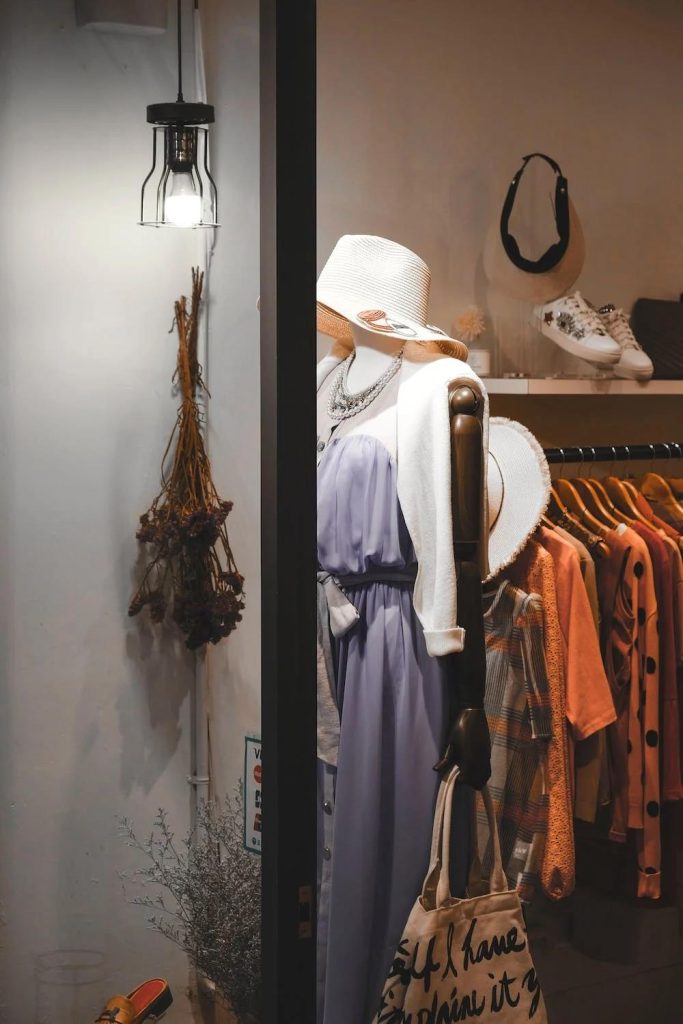Fashion, an industry that’s always been the epitome of change, has taken on a new, significant mission: sustainability. As awareness about environmental issues has skyrocketed, the need for eco-friendly solutions in the fashion world has become more pressing than ever. This article dives deep into the evolution of sustainable fashion and its growing influence on mainstream style.
The Early Roots of Sustainable Fashion
The concept of sustainable fashion isn’t entirely new. Decades ago, recycling and repurposing clothes were regular practices, more out of necessity than environmental concerns. However, as fast fashion took over in the late 20th century with its promise of cheap, ever-changing wardrobes, these sustainable habits were largely forgotten.
The Wake-up Call
Fast forward to the 21st century, mounting environmental concerns, coupled with shocking revelations about the wastefulness of the fashion industry, sparked a new consciousness. Documentaries and reports unveiled the astronomical water consumption of denim production, the pollution caused by dyeing processes, and the staggering amount of clothing waste dumped in landfills. This served as a wake-up call for consumers and industry players alike.
The Rise of Eco-conscious Brands
Recognizing the demand for sustainable alternatives, several pioneering brands emerged, promising ethical sourcing, eco-friendly materials, and transparent production processes. Brands like Patagonia, Eileen Fisher, and Stella McCartney became the torchbearers of sustainable fashion, setting industry standards and proving that style doesn’t have to come at the planet’s expense.
Consumer Power
Modern consumers, equipped with information at their fingertips, began holding brands accountable. The push for transparency meant companies had to disclose more about their production methods, materials used, and even the wages of workers. This led to certifications like Fair Trade, GOTS (Global Organic Textile Standard), and more, which assured consumers of a product’s sustainability.
Trends in Sustainable Fashion
- Second-Hand and Vintage: Thrifting has become a massive trend. Vintage stores and platforms like Depop and Poshmark allow users to buy, sell, or swap clothes, giving garments a second life and reducing waste.
- Renting Over Owning: Renting clothes, especially for one-time events, has gained traction. Companies like Rent the Runway provide fashion rental services, ensuring that clothes get worn more than just once.
- Material Innovation: From mushroom leather to recycled ocean plastics, innovative sustainable materials are rapidly replacing conventional ones.
Challenges Ahead
While sustainable fashion has come a long way, challenges remain. Greenwashing, where companies falsely claim to be sustainable for marketing purposes, is prevalent. Additionally, sustainable options still tend to be pricier, making them inaccessible to many.
Conclusion
The fashion industry’s journey towards sustainability is a testament to humanity’s adaptability and resilience. While hurdles persist, the amalgamation of consumer demand, technological advancements, and brand accountability is shaping a more sustainable and ethical fashion future. As consumers, our choices can fuel this change, ensuring that the clothes we wear today don’t harm our planet for tomorrow.
